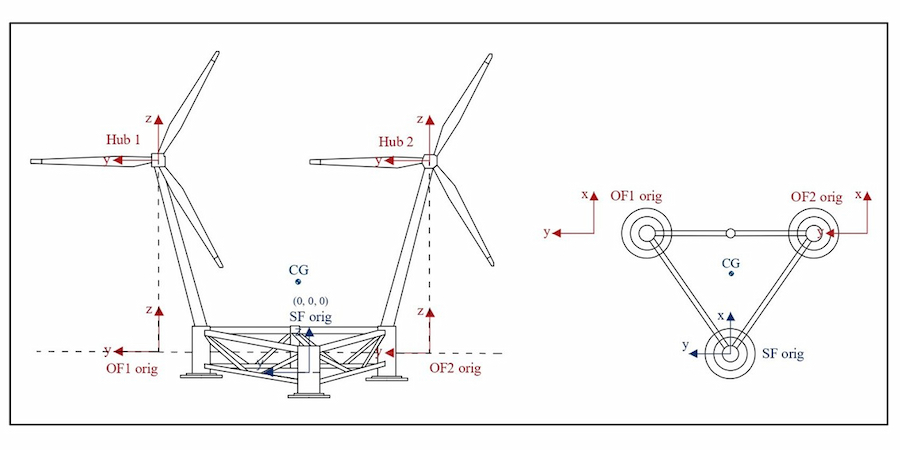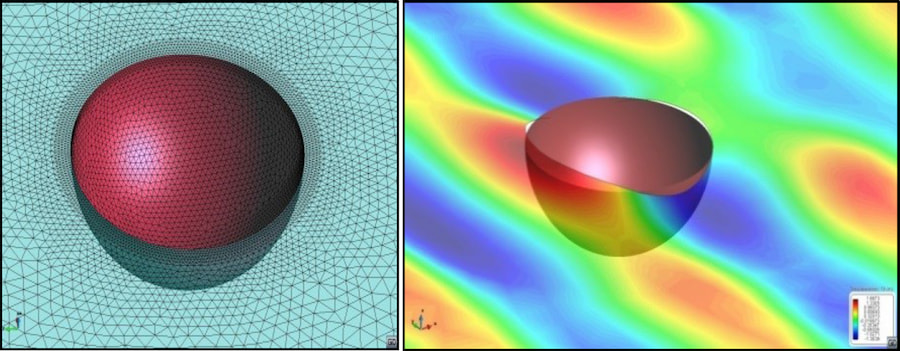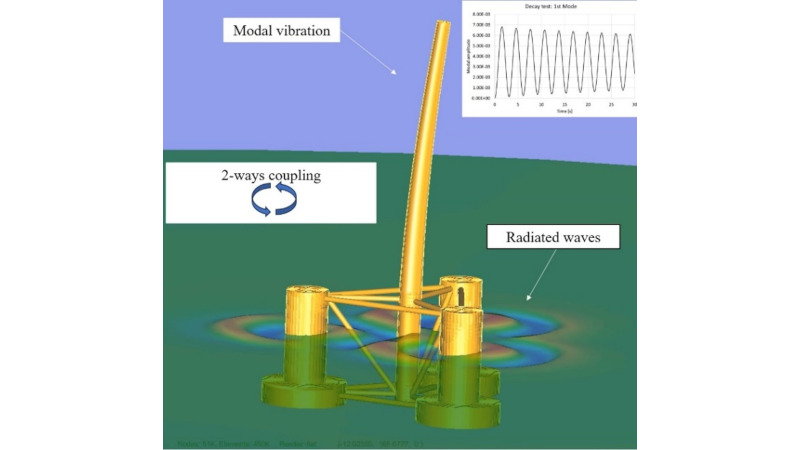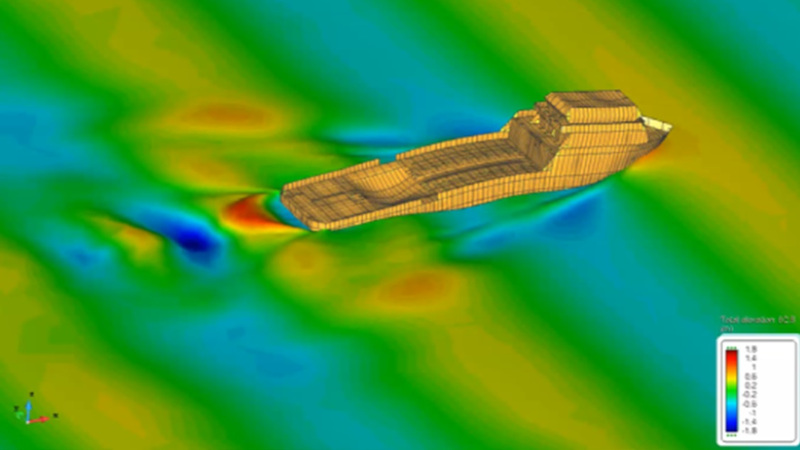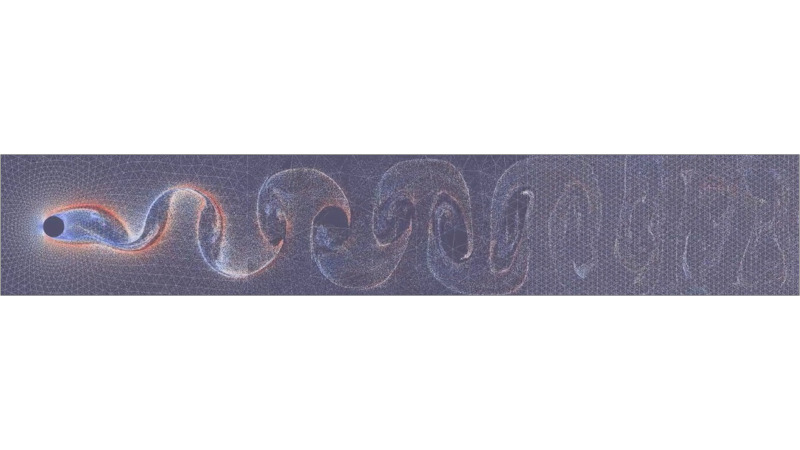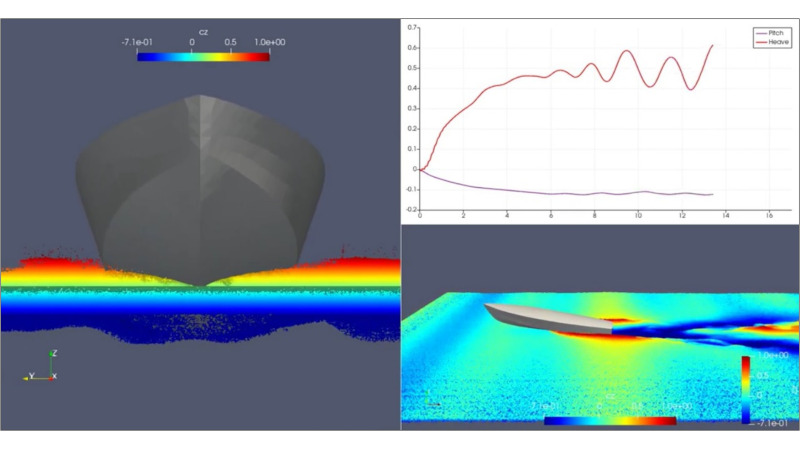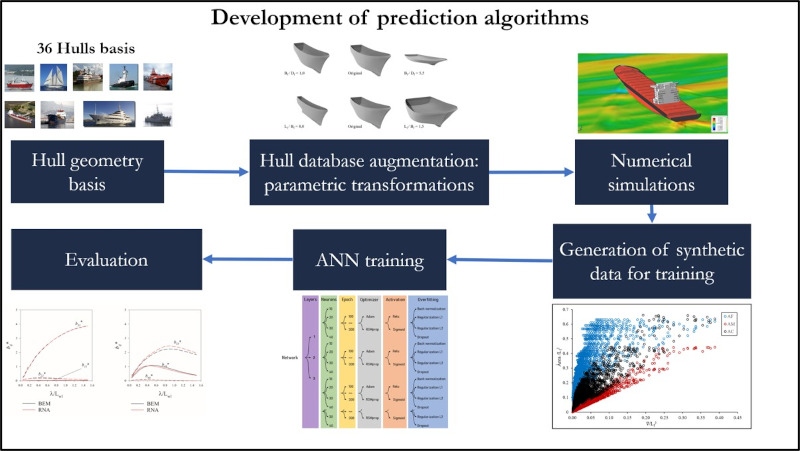Aeronautical, Marine, Automotive and Energy Engineering
Marine and Offshore Engineering
Principal Investigator
Borja Serván
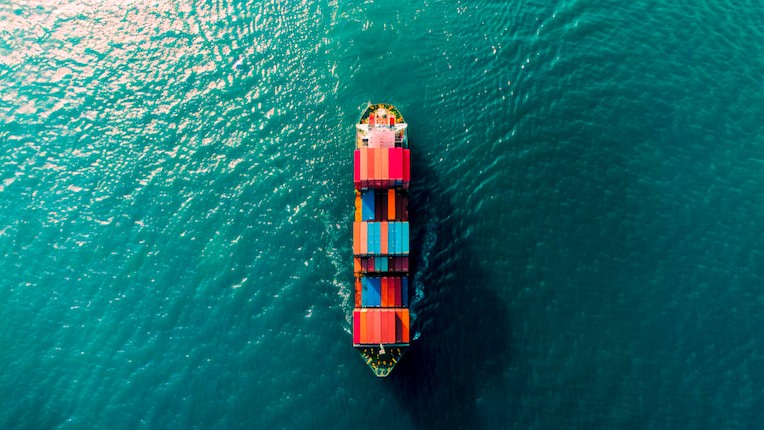
Overview
Research
Staff
Projects
CIMNE’s Naval and Marine Engineering group develops advanced simulation tools for ship and offshore structure design, including AI-driven seakeeping prediction, digital twins, and hydroelastic analysis, with strong expertise in FSI, composites, and IoT platforms.
The Naval and Marine Engineering research group at CIMNE specializes in the development and application of advanced computational methods for the design, analysis, and optimization of marine structures and vessels.
With decades of experience in research and technological development (RTD) projects, the group addresses key challenges in hydrodynamic analysis, ship structure design—including composite materials and fluid-structure interaction—and offshore engineering.
Their multidisciplinary expertise also extends to environmental modelling, artificial intelligence applications, and digital twin technologies.
Current research lines include the development of AI tools for real-time seakeeping prediction, integration of IoT platforms for shipbuilding processes, and hydroelastic solvers for floating wind turbines and marine structures.
The group is actively involved in creating decision support systems and digital solutions to enhance the performance, safety, and sustainability of naval and offshore systems.
Ongoing projects
Finished projects
Related news
No Results Found
The page you requested could not be found. Try refining your search, or use the navigation above to locate the post.







